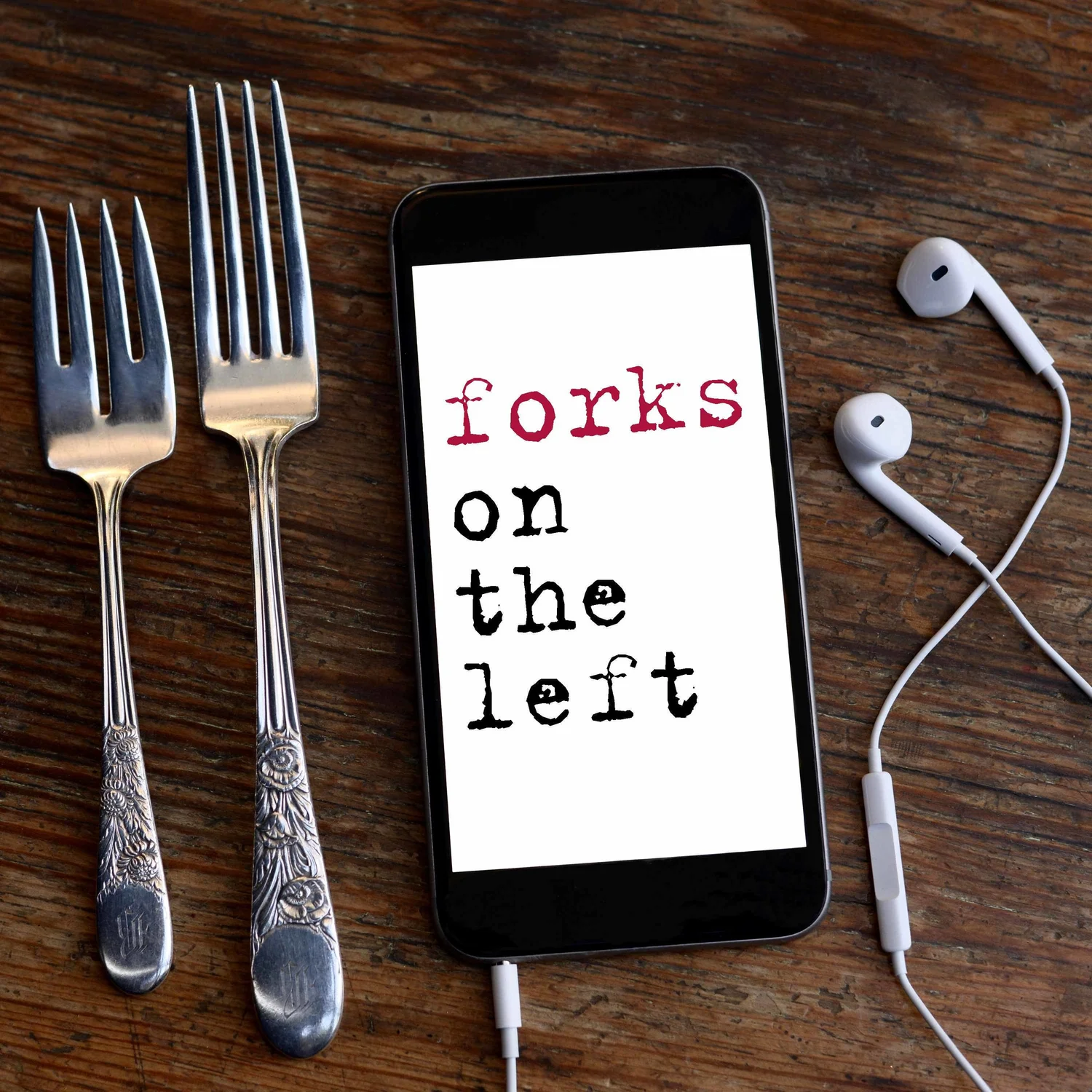(From Lisa Ritter, co-founder of Big Sugar Bakeshop, Studio City/Los Angeles)
This recipe is easy to make, versatile, and very good. It requires just enough “to-do-ing” that you feel like an accomplished baker, but never so much that it becomes a chore to produce.
Makes 1 9”x5” loaf
Ingredients
- 2 medium-to-large very ripe bananas*
- 1 large egg
- 1 cup of sugar
- ½ cup canola oil
- 1¼ cups flour (I use King Arthur unbleached all-purpose flour, but any all-purpose flour, bleached or unbleached, will do)
- 1 teaspoon baking soda
- pinch of salt
- powdered sugar for dusting
*A note on “very ripe” bananas: These can be seriously ripe — we’re talking well past the point where you would consider eating them out of hand and, really, even beyond smoothie territory.
Preparation
- Preheat the oven to 350º.
- Liberally coat a light-colored metal 9” x 5” loaf pan with non-stick spray. You can use a dark metal pan, but the bread will brown more quickly and develop a more pronounced crust. I don’t like either of those things to happen. And let’s not even talk about the gummy, disappointing results to be had with a glass loaf pan . . .
- In a shallow, medium bowl, use the back of a fork to smash the two bananas to a gruel-like consistency. Add to this the sugar, oil, and the egg. Stir to combine thoroughly.
- In a second bowl, combine the flour, baking soda, and salt, before adding to the wet ingredients. Gently mix the batter until just combined, scrape it into the prepared pan, and place it in the center of the preheated oven, where it will bake for at least 40 minutes, and perhaps up to 50 minutes, before it is ready. The inexactitude can be maddening, but this is what comes of playing fast and loose with relative banana sizes and degrees of ripeness. As you make this recipe again and again (and you will want to), you will become more familiar with the vagaries of fruit and pan type. In the meantime, somewhere around minute 38, your loaf should be domed and golden. You can plunge a long wooden skewer into the center of the bread to test for readiness. If it comes out wet, there is more baking ahead. When it comes out clean or with just a few moist crumbs adhering, your loaf is ready.
- Remove the pan from the oven and let it rest on a cooling rack. If you prefer a moist, more yielding loaf (or think you may have left the banana bread in the oven for a few more minutes than is strictly optimal), carefully turn out the bread as soon as you can manage it, set it upright once more on the cooling rack, and drape it with a light dishcloth to let it cool. Otherwise, you can just let the loaf sit in the pan until it is cool, at which point you can turn it out, perhaps sprinkle it with a light dusting of powdered sugar, and serve.
- If you like walnuts — and I do not, which is why I am waiting until the end to tell you this — you can chop up half a cup or so and add them to the batter before pouring it into the pan. You might also consider swapping in the same amount of chocolate chips. Certainly, to do so will wreck entirely the illusion of banana bread as "healthy" — or, really, as “bread” at all, since what you have now is closer to chocolate chip banana cake. But is that so wrong? I will tell you that I once chopped up a pretty hefty serving of the chocolate-peanut-butter-chip fudge we sell at Big Sugar Bakeshop and tossed it right into the batter before baking. That was an excellent experiment. The point is, this banana bread is easy to make, relatively forgiving, and open to interpretation. Enjoy.

